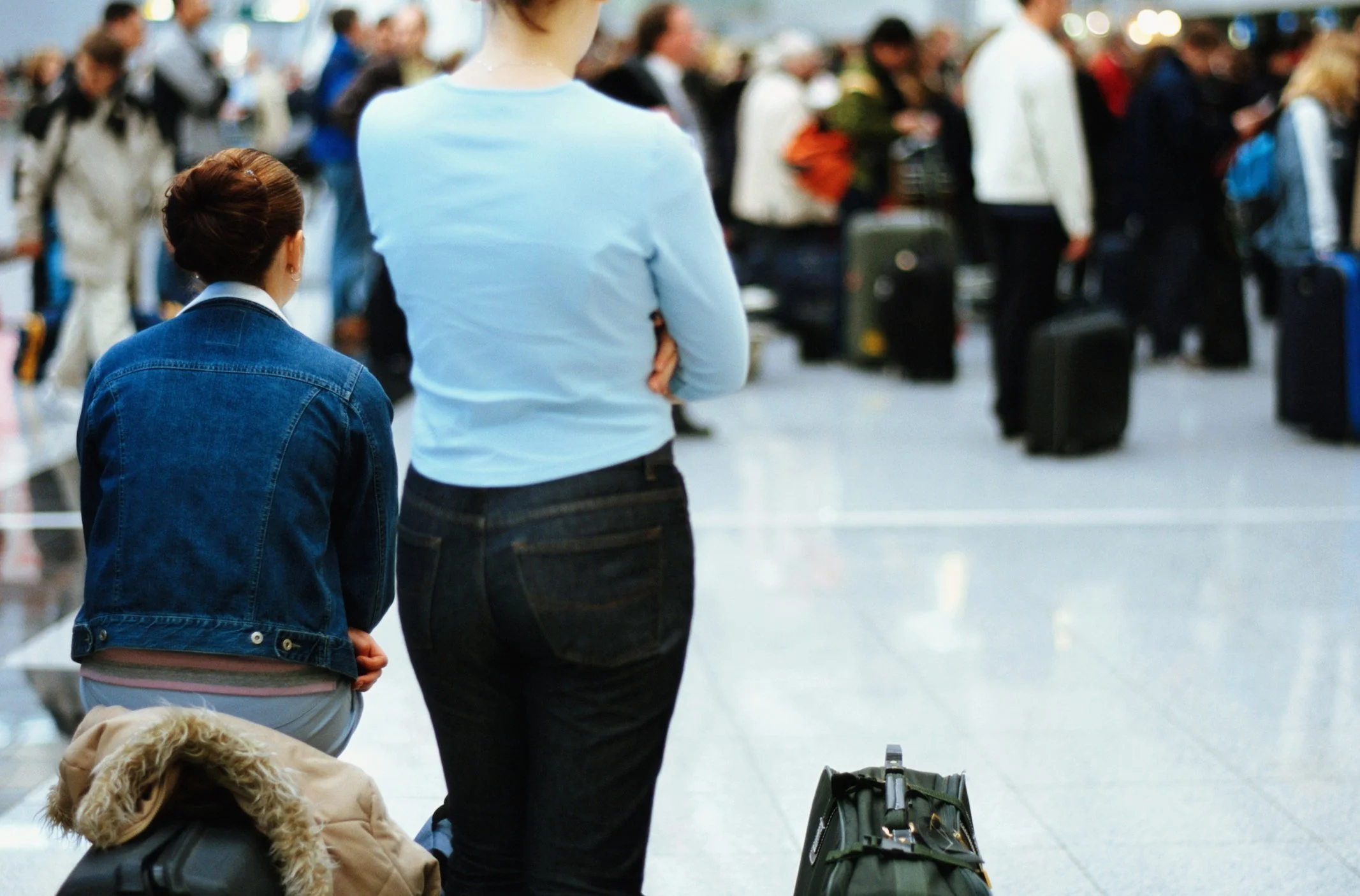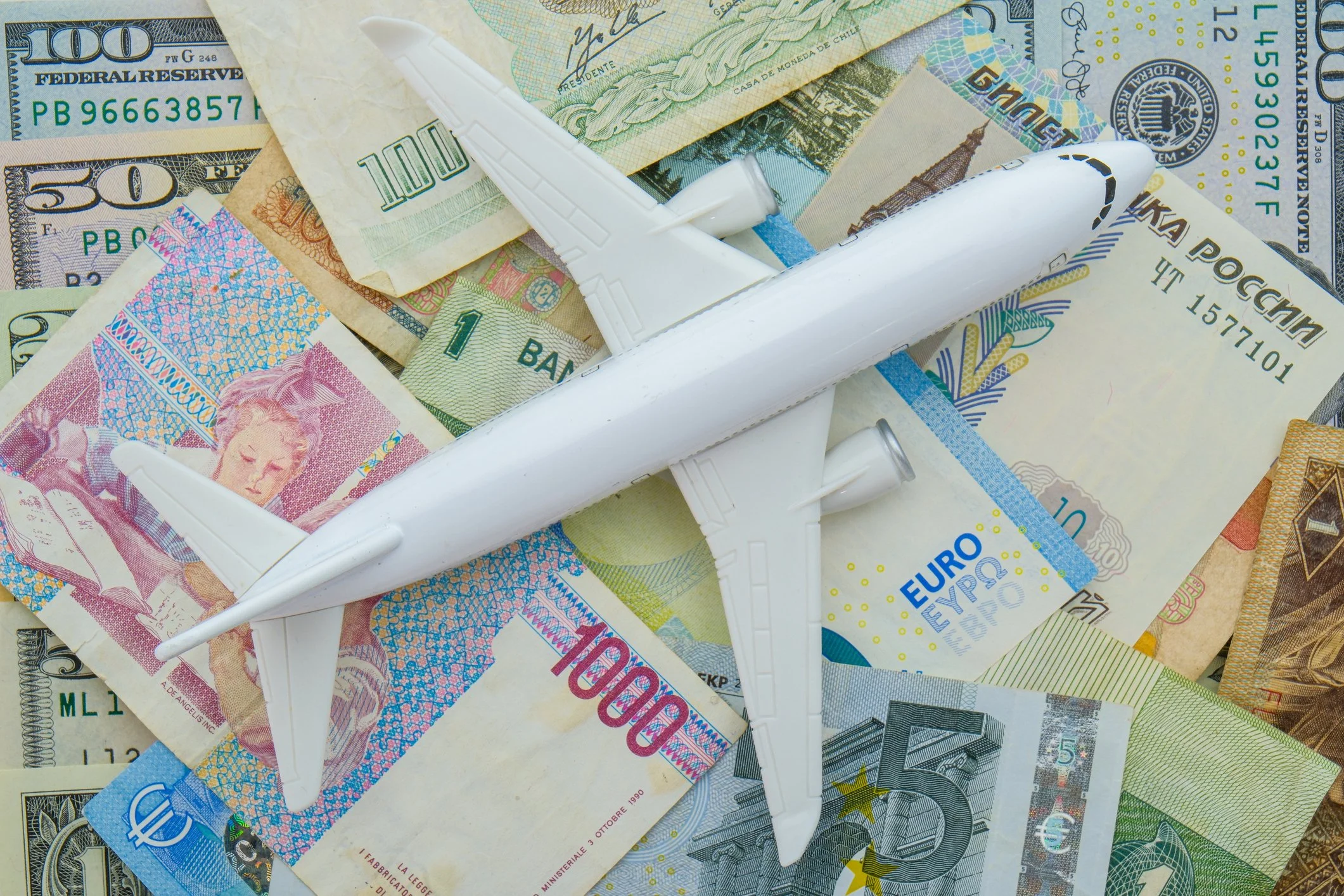The Cost of Flying Private: Understanding Private Jet Pricing
/Air travel in 2023 is often an endurance test. Long lines, crowded planes and staffing shortages can make even a short trip tiring and frustrating…and while premium options such as PreCheck and first-class seating can help, they can’t insulate travelers from everything. It’s no surprise that private jets are becoming a more frequent alternative, with the number of flights on business aircraft worldwide more than 10 percent higher in 2022 than in 2019. For comfort, convenience and reliability, flying private typically offers advantages that commercial airlines just can’t match.
Long Airport Lines. Photo Credit: Hitoshi Nishimura, The Image Bank / Getty Images
However, flying private isn’t just more expensive than a typical commercial flight – it’s also less transparent in terms of price. While semi-private carriers such as JSX and Aero may show ticket prices online, just like commercial airlines, they’re also only flying pre-set routes (just like commercial airlines).
For a true private jet experience with a charter broker or operator, each flight is closer to an individual experience with a distinctive price point. Chartering a jet is estimated to cost in the range of roughly $2,000 to $11,000 per billable hour, but there are many factors that go into determining the quotes that would-be flyers receive, and just a few choices can have a significant effect on costs. If you’re interested in learning more about how private jet pricing could work for you, read on.
Size matters
AERIAL View of Private Jets. Photo Credit: Peter Adams, Stone / Getty Images
Private jets aren’t one-size-fits-all – they range from turboprops that can fit only a handful of people to heavy jets that can seat as many as 20 people and fly thousands of miles. While there’s some variety, all other things being equal, the larger the jet, the more expensive the flight (typically). The number in your party may affect which aircraft are options – both in terms of the weight of the people, and the luggage you plan to bring along. And, while flying private is a great way to transport pets, they take up room as well.
“Business jets vary enormously in the amount of baggage they can take,” says Paul Travis, senior charter broker at Skyllence Business Aviation. “If you say, I have this amount of people and this amount of baggage, you can’t just hire a Lear or a Citation jet, because it won’t do the job. It’s an important point and one that’s often overlooked by people new to the business.”
Flight distance may also affect the type of private jet that will work for your trip. The longer the flight, the greater the fuel needed. Smaller jets may not be able to handle the demands or may require fuel stops that add to the cost. However, longer flights can leave more room for price flexibility, too.
“Depending on the number of hours and what their general availability is like, there may be room for negotiation, because it’s still going to be a significant contribution to the operator,” Travis says. “If there’s a good number of hours over a short space of time, then you’ve got good utilization and therefore a good contribution. It’s always worth asking for a reduction in price, but much less so if the flights are short and infrequent.”
Where and when?
Two big advantages of private jet travel are the ability to choose where and when you fly. That having been said, flexibility on both can have a big impact on what you pay. “The cost of airports is significant and can affect the price significantly,” says Travis. “If you’re looking for a small jet to avoid the crowds and mess of a major airport, there are plenty of alternative airports in the U.S. and Europe you can use.”
While many large airports do technically allow business jets to land and depart, they usually impose handling costs that drive up prices dramatically. High-traffic business airports such as Teterboro in New Jersey will also often cost more than lesser-used alternatives. Customers who are willing to get creative in structuring their travel can benefit from lower costs with similar convenience.
“When traveling in Europe, if you don’t have any visa or passport issues, I sometimes recommend flying to a country that’s close to your destination and then taking a short commercial flight to your end point,” says Yiannis Christodoulides, director at charter broker Zela Jet.. “In the U.S., if somebody wants to fly from New Jersey to Miami, maybe the client can fly to Orlando and take a car or commercial aircraft to Miami, perhaps rent a nice Mercedes. It’s not downgrading – you’re saving your money.”
Unusual flight times can also bump up costs. Smaller airports are often not open for regular flights 24/7 – departing and landing outside of “normal business hours” will add to your costs. “In a business situation, you may have to be back by a certain time for a meeting,” Christodoulides says, but absent that time pressure, “fly at a reasonable time when all airports are open and active” to hold down prices.
And, as with flying commercial, some seasons are busier – and thus likely to be more expensive – than others. Being willing to modify your flight schedule by just a few days can help lower your costs.
Another factor is the availability of business aircraft in the country to or from which you’re flying. For example, Brazil – home of Embraer, a manufacturer specializing in a wide range of aircraft -- has the most business jets operating in Latin America, meaning that you have more options flying in or out than you might with, say, nearby Venezuela. Not infrequently, more options mean fewer dollars needed to make your trip. “Look for a developed country with a lot of jet options; otherwise, you may have to pay aircraft to come to you,” Christodoulides says.
Of course, for those with a great deal of flexibility, empty-leg flights can offer an attractive alternative, price-wise. Also known as repositioning legs or dead heads, these opportunities arise when a private jet needs to return from a given location for a charter, but has no passengers booked. Obviously, charter brokers and operators try to avoid them in the first place, meaning that typically they’re available last-minute, routes are limited and cancellations are not uncommon – not to mention their lack of a return trip.
Photo Credit: Global Otter LLC, iStock / Getty Images Plus
Other charges
Remember, flying private doesn’t necessarily include certain basics you may take for granted with commercial flights. Not all private jets offer wi-fi – if that’s non-negotiable, you may need to pay an extra fee. Want your customary in-air ginger ale – or something stronger, perhaps with a snack? That may incur a catering charge (or, depending on your dietary preferences, necessitate a larger jet than would otherwise work). Private jets provide many more options for transporting pets than commercial airlines, but any cleaning fees will bump up your costs.
Looking to fly internationally? You may need to pay charges for special permits or other fees when going private. “There are two islands in Greece that have a €2,500 surcharge on top of flight costs,” Christodoulides says. “I get a lot of clients who take helicopters instead. It’s up to the broker or operator to inform you of that.”
Beyond dollars and cents
Of course, when it comes to any type of air travel, money cannot be the only consideration. As Travis points out, while a somewhat older private jet may offer more bang for your buck – especially after being refurbished – age does come with some disadvantages. “We all require a bit more TLC as we get older. Maintenance checks become more intensive,” he says. “Performance-wise, what these aircraft were designed to do, after 15 to 20 years they may not be capable of doing anymore.”
Safety is also a concern in terms of operators and crew. Services such as Argus International and Wyvern Ltd offer reports that allow potential customers to assess everything from the training of the pilots and maintenance personnel to background checks to accident records. The services offer ratings and reports that provide insight into the people flying planes and the companies that operate them. “A lot of corporate customers subscribe to these services to make sure their crew have experience and don’t have incidents or accidents in their past,” Travis says.
Sometimes, trying to minimize costs can lead to, well, no flight at all. “A recent trend from some operators has revealed that they will abandon you if they have a problem,” Travis mentions. “While previously charter operators would try to recover the situation, these operators don’t seem to have the resources or the inclination. Just because it’s the cheapest doesn’t mean it’s the best option.”
In other words, when it comes to private jet travel, you get what you pay for – to some extent. “The thing to think of is value for money,” Travis says. “If you’ve made the decision to charter, you’ve already disposed of a chunk of your income in your own head for the benefit of flying to your schedule and making it a much nicer experience.”



